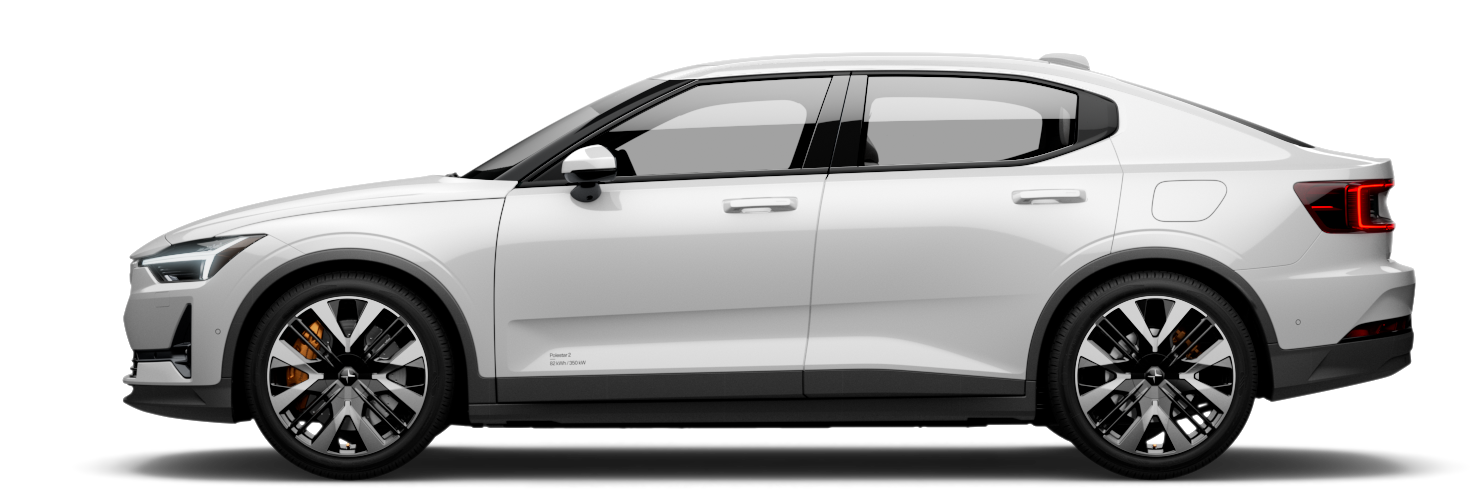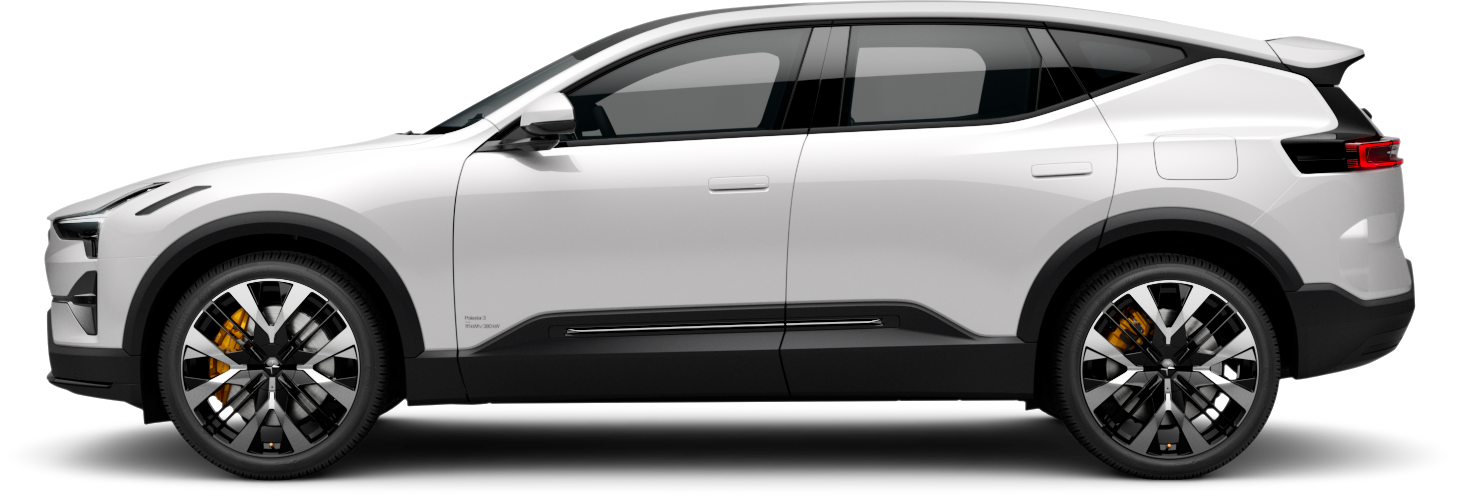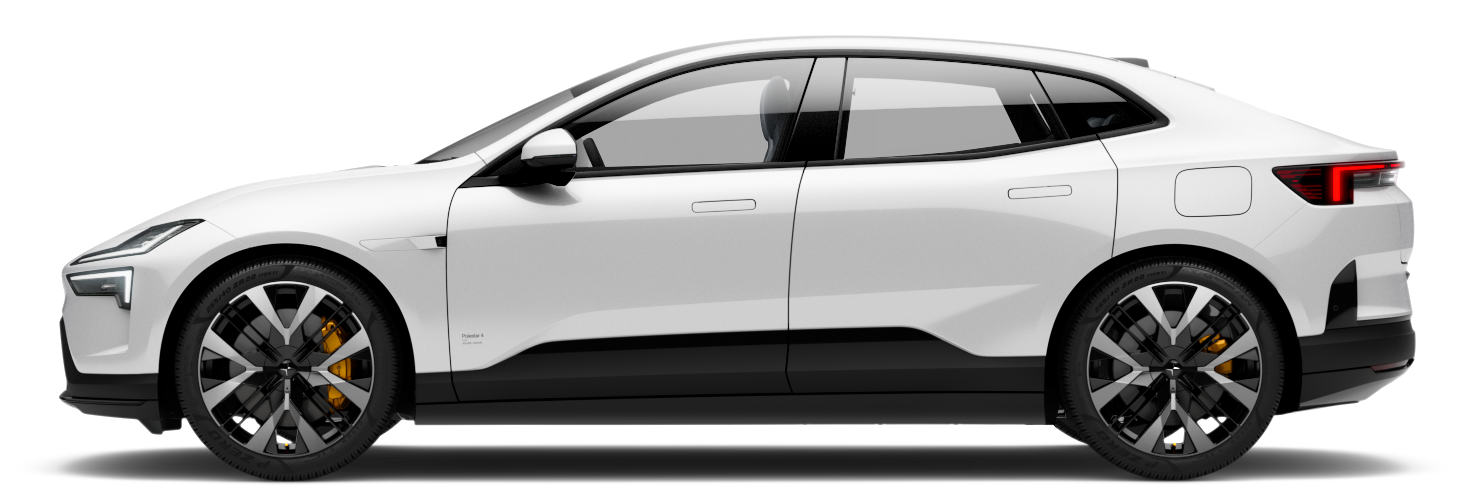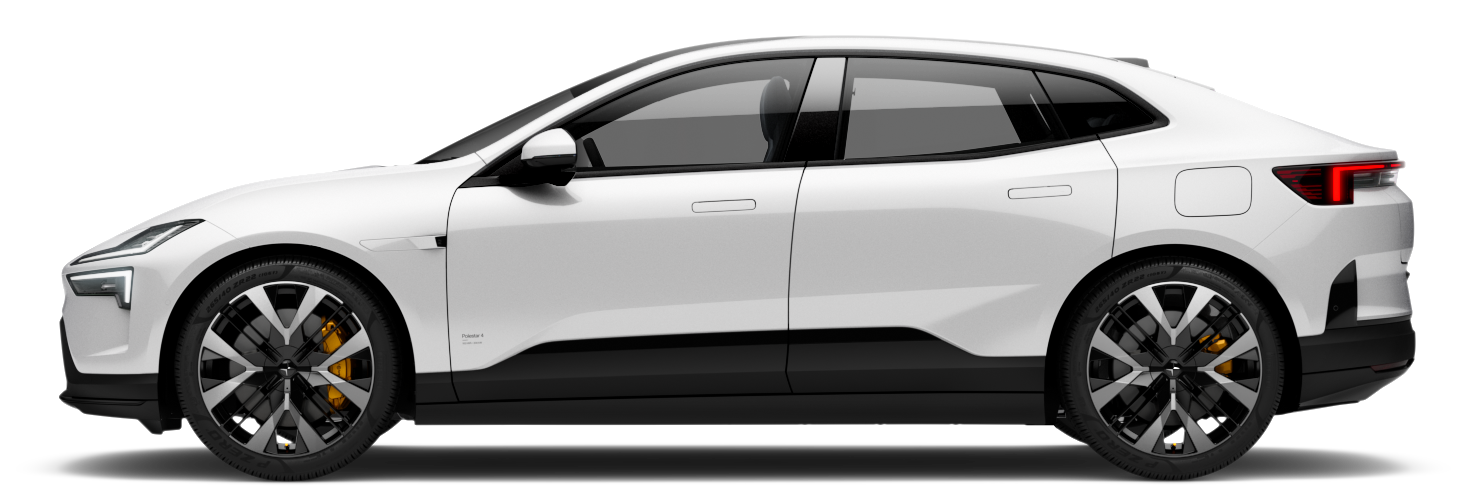Starting DC charging
DC charging is available at certain charging stations.
DC charging stations have permanently attached charging cables, so you don't need to use your own.
Warning
- Public charging stations are in constant use and can be exposed to more wear and tear than a private charging station. Remember to always check the charging cable’s connector for excessive wear or debris.
- Do not touch the charging cable connector or use any tools to attempt to remove debris from the charging cable. This can cause an electric shock.
- Do not use a charging cable that shows any signs of damage or wear. This can cause an electric shock. Try another cable or charging point at the charging station.
- When using DC charging, do not use a charging cable that is longer than 30 meters.
- Ensure that the charging cable connector connects all the way into the charging port. A worn connector may prevent a safe connection to your vehicle.
To initiate charging, make sure to:
- put the vehicle in park.
- check the charging station for any instructions before you begin.
Press Open charge port in the center display to open the charging lid.
Tip
When the vehicle is unlocked, you can also open the charging lid by lightly pressing on the back edge.
Remove any covers from the port and cable connector.
Use both hands to press the cable's connector all the way into the charging port. Make a habit of pushing the charging cable upwards for a couple of seconds after inserting it to ensure connection and locking.
The charging cable automatically locks in place after a few seconds.
After confirming that the cable is locked in place, follow the charging station's instructions for charging authorization.
Charging starts after an insulation test has been completed by the charging station. It can take a minute to complete.
You can see the charging status in the charging port and in the instrument panel.





